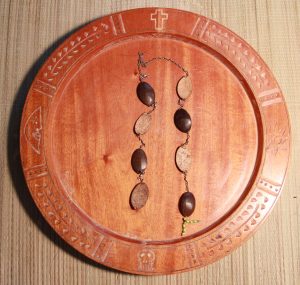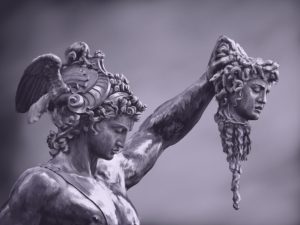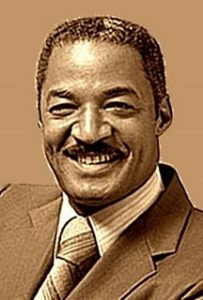 Millions of people now eagerly await the “Letra del Añó,” the Ifá sign which is pulled every year just after midnight on New Years Day. Far less people understand that this ceremony is but one of a long series of ceremonies and rituals performed for the betterment of the entire world. Or that this Letter of the Year often entails hundreds of hours of work on the part of the babalawos long before this Ifá sign is identified.
Millions of people now eagerly await the “Letra del Añó,” the Ifá sign which is pulled every year just after midnight on New Years Day. Far less people understand that this ceremony is but one of a long series of ceremonies and rituals performed for the betterment of the entire world. Or that this Letter of the Year often entails hundreds of hours of work on the part of the babalawos long before this Ifá sign is identified.
Months before New Year, divination is performed to find out which rituals need to be enacted and which ‘positions,’ egguns and Orichas need to be taken care to open the New Year. The sun, the stars, the moon and the earth are propitiated as well as rivers, the sea, various Orichas, Olófin and Ifá. These ceremonies are all performed as a huge ebbó or offering for the well-being of the entire world. Finally the Letter of the Year is obtained so the world can know what to look forward to and what to avoid. But the work of the babalawos is not done yet, as the ebbos called for in this divination must be performed for the benefit of the whole world and finally a tambor or drumming is performed for the Orichas found to be ruling the world this year.
Although the Letter of the Year itself is important, the long series of ceremonies preceding it are even more important in ensuring the well-being of the world and all who live in it.
A number of groups of babalawos perform these ceremonies with most people following the advice of the one performed jointly by the Comisión Organizadora para la Letra del Año Miguel Febles Padrón and the Asociación Cultural Yoruba de Cuba
The Letter of the Year and its accompanying ceremonies is for the whole world and not for each individual although many things in this Letter will apply to them, therefore personal divination will need to be performed for that person if they wish to get their own Letter of the Year with its individualized advice.



